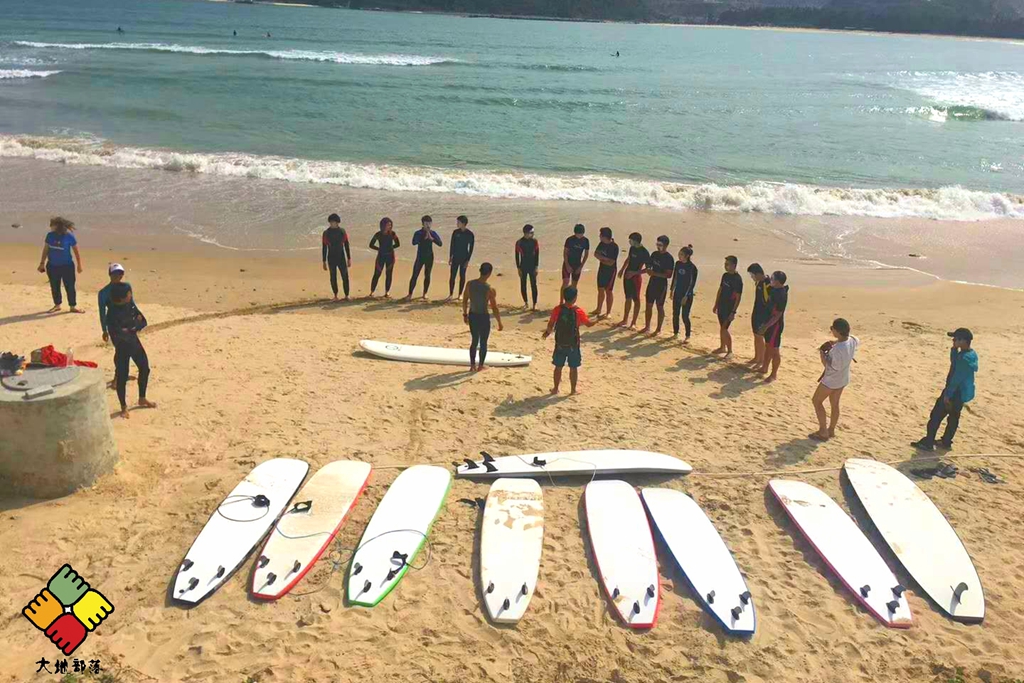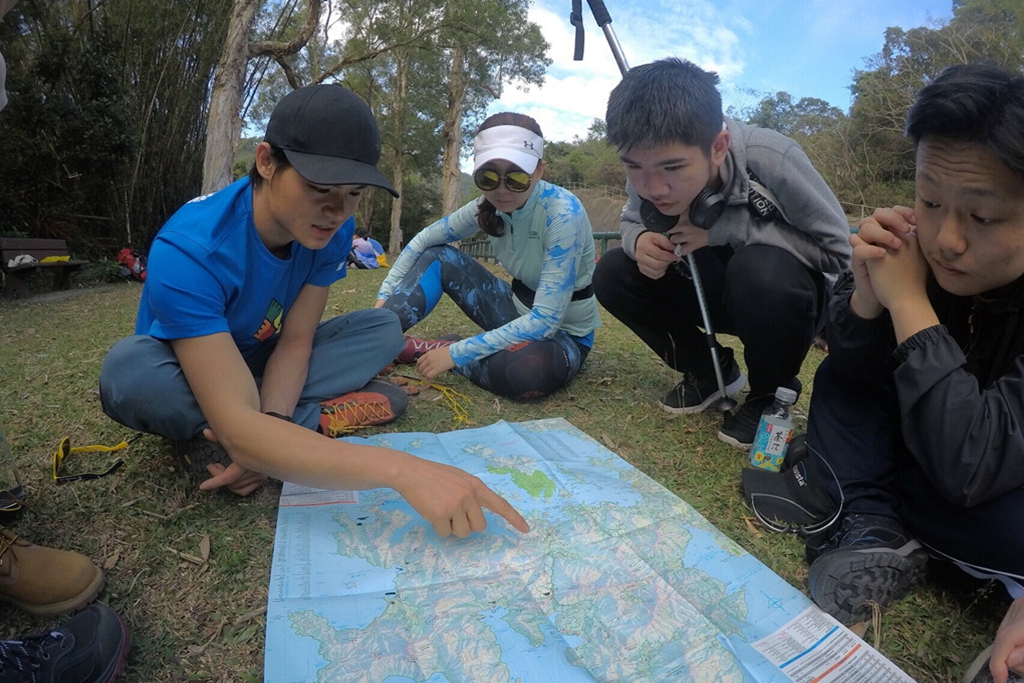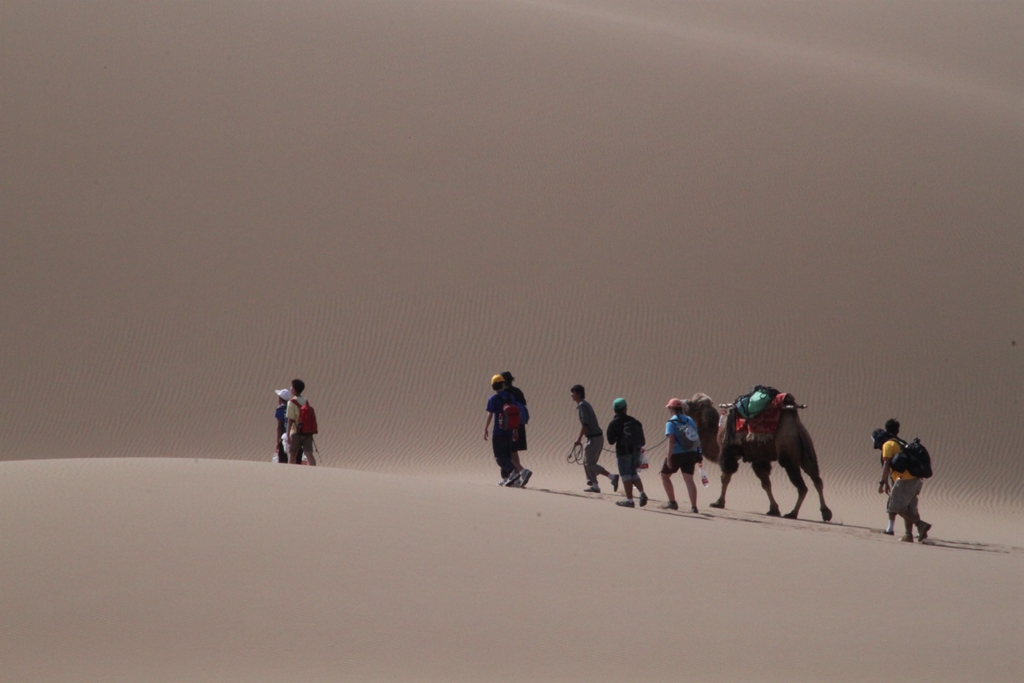Terratribes Articles

5 Things To Look For In An Adventure Education Program
By Learn Through Experience; photos by Terratribes
Classrooms serve their purpose, but the canvas of Mother Nature has a lot to offer too. If you’re considering trading whiteboards for clear blue skies and pencils for mountain peaks, you’re not alone. Adventure education programs attract all sorts of people. Maybe you’re looking to find space for reflection, healing and personal growth. Perhaps you want to take a group of students and colleagues on an excursion that fosters teamwork and mutual respect. Or maybe you want to set out on a holistic educational experience.
In any of these cases, an immersive outdoor experience has a lot more to offer than a traditional classroom. Adventure education programs are a meaningful way to stay engaged while you learn and grow. The experiential education approach encourages problem solving, critical thinking, analysis and synthesis. Learners are engaged on a deeper level through doing instead of just watching or listening.
You can tap into an emotional, intellectual and even soulful experience at the same time. All of this while exploring new terrain! Experiential education can take lots of forms, from hiking excursions to ropes courses to kayaking. You can choose the right adventure education program by focusing on these five key factors.
- Environment
The environment in which you have your adventure experience will shape how you spend your time and connect with your surroundings. So, when you’re choosing an experiential education program, first things first — where do you picture yourself? You may find yourself deep in the Blue Ridge Mountains of North Carolina, on the rustic hiking trails of Colorado, or in another unique setting. One experience isn’t better than the other, but the type of setting will certainly color the outcomes.
- Activities
Once you’ve figured out the type of environment that interests you, it’s time to narrow down the activities. Ropes courses, rappelling, hiking and climbing are some of the more athletic options when you’re seeking adventure programs. You can also choose to partake in more solitary and reflective activities, including meditation and individual reflection. Consider the size of your team while you’re looking at activities if you’re headed on a group educational experience. Many programs offer a menu of activities that span the spectrum, so you can challenge the heights of rock climbing or a ropes course, stay grounded in a wilderness hike or float a river. Consider an experience that will interest you and challenge you at the same time.
- Objectives
Make sure the activities you choose align with your end goals. Are you on a corporate retreat to foster teamwork? Or are you hoping for personal insight and inspiration? Maybe you’re applying what you learn in college coursesthrough a direct, hands-on experience. Consider how the activities and environment might lend themselves to your objectives, and choose a program that seems like the right fit. Program descriptions reveal the purpose of their activities and the type of resources available, as well as if they are intended for group bonding. With so many options out there, you can always find an adventure education program that meets your needs.
- Location
Did you think you had to fly across the country to experience an adventure education program? Contrary to popular belief, there are opportunities within driving distance from your home. Adventure education exists in just about every state, from backpacking programs in California to outdoor leadership training in Maine — and everywhere in between. The purpose of experiential education is to explore and be curious, and you can certainly do that without traveling a great distance. Of course, you can also go on a cross-country or international adventure if it suits you.
- Certification and Accreditation
The final, but very important, factor when you’re choosing an outdoor adventure experience is certification and accreditation. Ask an adventure education program about their commitment to quality standards. Programs that meet accreditation standards, such as those offered by AEE and ACCT, or that have staff with professional certification, such as Wilderness First Responder (WFR) or Climbing Wall Instructor (CWI),demonstrate a heightened commitment to safety, quality, and providing a positive experience for their clients.



